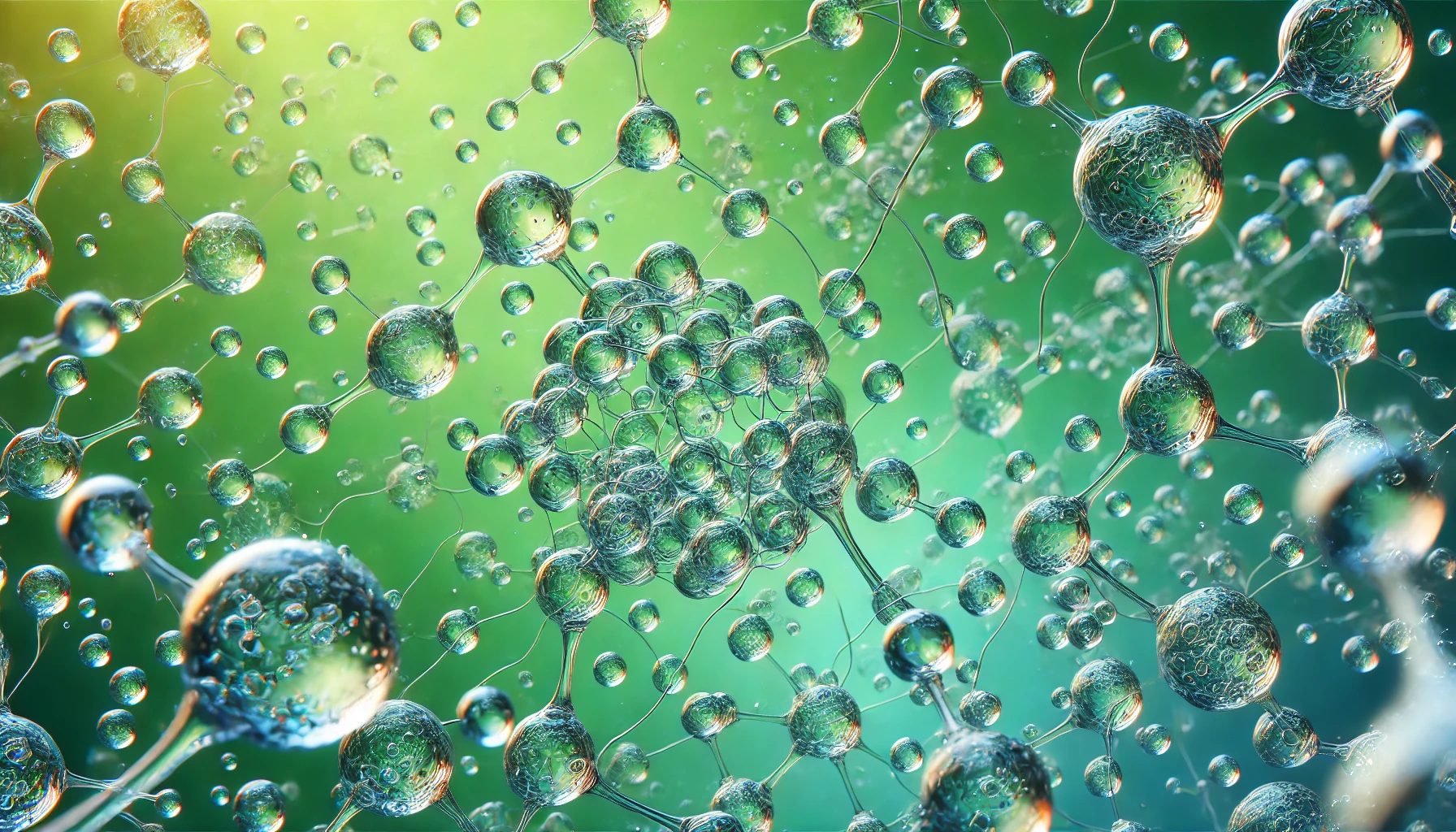Check out this answer from Consensus:
Promoting cellular senescence can be achieved through various mechanisms, including inducing stressors like DNA damage and telomere dysfunction, and manipulating key signaling pathways such as p53/p21 and p16INK4A/pRB. Metabolic states also play a crucial role in influencing senescence. Therapeutic strategies can either promote or inhibit senescence, depending on the desired outcome, such as limiting cancer proliferation or enhancing tissue repair. Understanding these mechanisms and pathways is essential for developing effective interventions targeting cellular senescence.
Cellular senescence is a state of irreversible cell cycle arrest that plays a dual role in both protecting against cancer and contributing to aging and age-related diseases. Understanding how to promote cellular senescence can have significant implications for therapeutic strategies in cancer treatment and tissue repair.
Key Insights
- Mechanisms Triggering Senescence:
- Metabolic Influences:
- Senescence and the senescence-associated secretory phenotype (SASP) are sensitive to cellular and organismal metabolic states, which can drive phenotypes associated with metabolic dysfunction2.
- Signaling Pathways:
- Senescence is controlled by networks of multiple signaling and feedback pathways, including DNA damage response, insulin-TOR, FoxO3a transcription factors, oxidative stress response, and mitochondrial regulation4.
- Inhibition of reactive oxygen species (ROS) and mTOR can delay the onset of senescence but cannot completely prevent senescence-induced mitochondrial dysfunction4.
- Therapeutic Strategies:
- Both pro-senescent and anti-senescent therapies can be beneficial. Pro-senescent therapies can limit proliferation and fibrosis in cancer and tissue repair, while anti-senescent therapies can help eliminate accumulated senescent cells and recover tissue function5.
- Senolytic and senomorphic therapies are emerging as potential interventions to target senescent cells and mitigate age-related tissue dysfunction6.
Are there ways to promote cellular senescence?
Karl Riabowol has answered Near Certain
An expert from University of Calgary in Cell Biology, Anti-Ageing, Biochemistry, Genetics
Yes, many including telomere erosion that occurs as a consequence of cell replication and different forms of stress including oxidative damage, ionizing radiation-induced, replication stress/oncogene-induced stress, chemical crosslinkers including many chemotherapeutics, etc.
Are there ways to promote cellular senescence?
Ken Parkinson has answered Near Certain
An expert from Queen Mary University of London in Oncology, Anti-Ageing, Cell Biology
Yes virtually any form of cellular stress such as X rays, UV, hydrogen peroxide will promote senescence as well as certain (but not all) oncogenes. These stimuli are likely pathological rather than physiological.
Are there ways to promote cellular senescence?
Nicole La Gruta has answered Near Certain
An expert from Monash University in Immunology, Anti-Ageing
Yes, cellular senescence typically occurs as a consequence of cellular stress which in turn results in DNA damage and/or telomere shortening. Such stress can come from a variety of sources including expression of an oncogene (oncogene-induced senescence (OIS)), prolonged proliferation and/or cellular stimulation (replicative senescence), or cross-linking of DNA as a consequence of irradiation.
Are there ways to promote cellular senescence?
Dot Bennett has answered Near Certain
An expert from St George’s, University of London in Cell Biology, Skin Cancer, Oncology
Yes. Either in cells in culture or in the body. Anything that causes substantial DNA damage will promote cell senescence. Some of the best known are radiation and certain anticancer drugs like etoposide, which actually work by impairing DNA synthesis. (This is an unfortunate side-effect of these anti-cancer drugs.) Experimentally it can also be induced in cells by interfering with telomere maintenance or by overactivating signals inside cells that tell them to proliferate.
Are there ways to promote cellular senescence?
Vincent Geli has answered Uncertain
An expert from Cancer Research Center of Marseille in Oncology, Cell Biology
Cellular senescence may result from multiple causes including DNA damage, telomere dysfunction, oxidative stress, and oncogene activation. The molecular pathways that drive cellular senescence may differ according to the stress that will drive cellular senescence. For example, multiple exposures to the sun will promote cellular senescence through the activation of a pathway called the DNA damage response.
Promotion of cellular senescence will accelerate aging. Indeed, it is largely accepted that accumulation of senescent cells contributes to tissue aging by secreting small molecules that will promote an inflammatory environment. There are some chemicals that promote senescence that are used in strategies aimed at triggering the senescence of cancer cells.
With respect to aging, strategies rather focus in the development of molecules able to eliminate senescent cells (called senolytics). The idea is to promote healthy aging by eliminating inflammation resulting from the accumulation of senescent cells. However, the undesirable consequences of the elimination of senescent cells has not been yet clearly evaluated. One crucial aspect is the elimination of senescent cells by the immune system.
Are there ways to promote cellular senescence?
Valery Krizhanovsky has answered Near Certain
An expert from Weizmann Institute of Science in Cell Biology, Anti-Ageing
There are multiple stimuli that can promote cellular senescence. Promoting senescence might have either beneficial or deleterious consequences depending on the circumstances.
Are there ways to promote cellular senescence?
Gerardo Ferbeyre has answered Near Certain
An expert from Université de Montréal in Biochemistry, Anti-Ageing
There are many ways one can induce cellular senescence in cell culture or in mice. Hayflick and colleagues showed it for the first time by simply expanding cells in culture. Now, we know this is due to telomere shortening. This important discovery had a major impact in the field and many people think that senescence at the cellular level is only due to telomere shortening. However, this is not true.
The reason short telomeres induce senescence is because they look like damaged DNA to the cells, In fact, any treatment that induces DNA damage also induces senescence. For example, reactive oxygen species are potent inducers of cellular senescence as well as DNA-damaging cancer chemotherapeutics.
